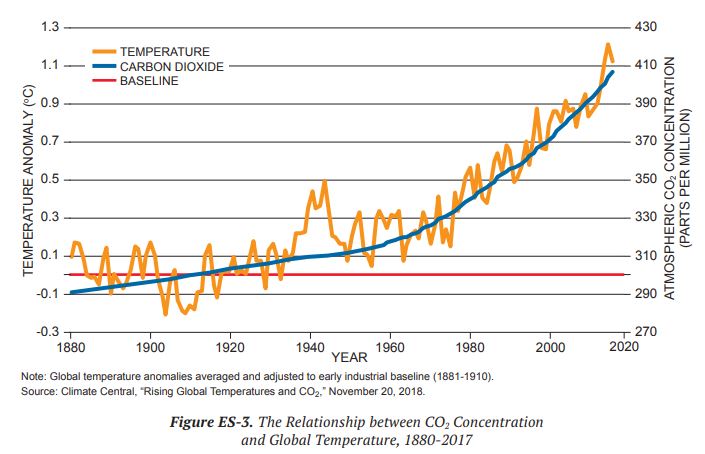New technologies for energy transition like hydrogen and carbon capture, use, and storage (CCUS) have a trillion-dollar opportunity in Houston’s Gulf Coast area alone, experts at the Rice Global Engineering and Construction Forum (RGF 23rd Annual Forum) agreed last Wednesday.
As climate change has become one of the main threats to humankind, socially and economically, many countries in Asia, Europe, and America have pledged for net-zero carbon emissions by 2050; that 30-year gap is the perfect scenario for a new carbon capture industry to arise, experts said.
In the words of Nigel Jenvey, Transition Executive at Gaffney, Industries like cement and steel manufacturing, industrial heat and heavy truck, and the long-haul transportation sector could benefit from the use of these technologies and displace diesel once and for all.


In this sense, hydrogen could be the next rising star in the energy industry, as hydrogen can reach places that renewables have difficulty with; precisely like industrial heat, transportation, shipping, manufacturing, and so on.
Nevertheless, there are some conditions the industry has to meet to exploit this opportunity. According to Jenvey, the main restriction today is lack of funding and lack of clear policies.
“What do we need to get from where we are to where we want to be?”, asked Andy Steinhubl, Strategy Leader, Energy & Natural Resources at KPMG, to which he responded, “we would need 10 times more hydrogen to get net-zero.”
Recommended to you: Biden admin would seek for renewables expansion on public lands
CCUS scale in Houston
He estimated the opportunity at a trillion dollars, just for gas, and if you add fuels, storage cells, and electrolysis industries, the opportunity could be of $2.5 trillion. “In an end-to-end scenario, the opportunity of CCUS and hydrogen is about 12 trillion dollars according to Goldman Sachs.” He said.
“To exploit that, we would need more renewables to get the hydrogen through electrolysis; and to replace all the gray hydrogen being manufactured today, 10% of all U.S power would be needed; also 5 times the entire renewable power in the world to displace diesel,” Steinhubl estimated.
The industry would need to transform also; he explained that the economy needs a lot of blue hydrogen paired with CCUS to get pure green hydrogen. Nevertheless, almost all of the hydrogen manufactured today is grey; to make it blue, the system would need to expand and adopt new capture technologies that give almost 95+% of clean hydrogen.


In these terms, Steinhubl estimated that Houston’s Gulf Coast area is in a unique position to turn a lot of grey hydrogen blue. “We have the largest grey hydrogen system in the world with 48 plants, 900 miles of pipelines (half of the U.S. and third of the globe); also we are located in a major salt caverns line,” he said.
“The capacity of a salt cavern is equal to about 40 times the amount of storage in the existing U.S. grid; so we have scale. In a world scenario looking for high volumes quickly, there is no better place than the Houston Gulf Coast area to deliver the plants, the pipelines, the storage; the expandability bringing low-cost methane from west Texas, so we are in a global premier position for the production of clean hydrogen.” He concluded.


